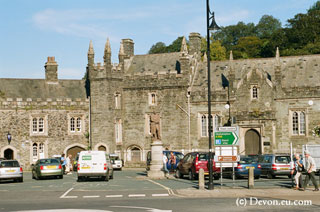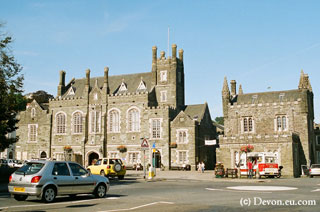Tavistock is a market town approximately 15 miles north of Plymouth on the edge of Dartmoor. It is situated on a crossing point of the River Tavy and its name is obviously derived from that as stoc or stoke is the old name for such a crossing place.
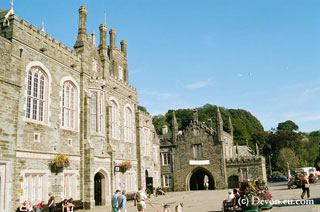
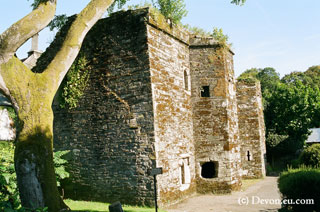
Tavistock was once dominated by the Abbey of Saint Mary and Saint Rumon. This was founded in 961, but was raided by the Danes. One of its famous Abbots Aldred, later crowned King Harold II and King William and died the Archbishop of York. The abbey was destroyed during the Dissolution of the Monasteries, but some ruins can still be seen around the town, with the gateway being part of town hall.
Tavistock became a market town and also became the largest of Devon's four Stannary towns with the development of a Tin mining industry. It later became a centre of the wool trade and the copper rush of mid 19th Century. With such a dynamic and important history, Tavistock has the fine buildings to match. The town hall is a grand building as is the museum and the town is looked over by an impressive statue of its most famous son Sir Francis Drake who was born in a farm just outside.
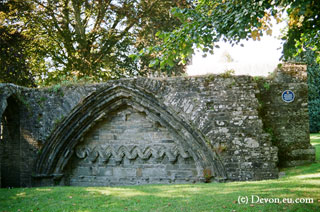
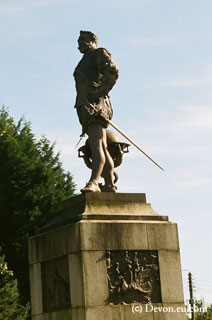
Tavistock has a yearly festival called the Goosey fair which is on the second Wednesday of October and was so named as the people would buy their goose for Christmas and have time to fatten it up. The day is now very popular with a number of market stalls.
Tavistock is a delightful town that will continue to attract visitors, not only for its many worthwhile sites, but as a good base to explore Dartmoor.
